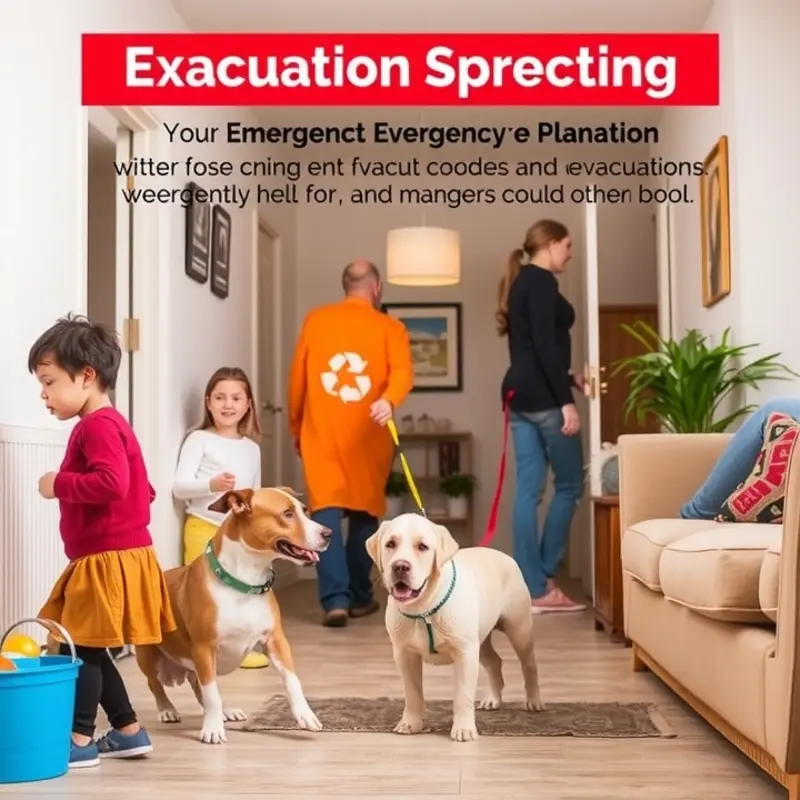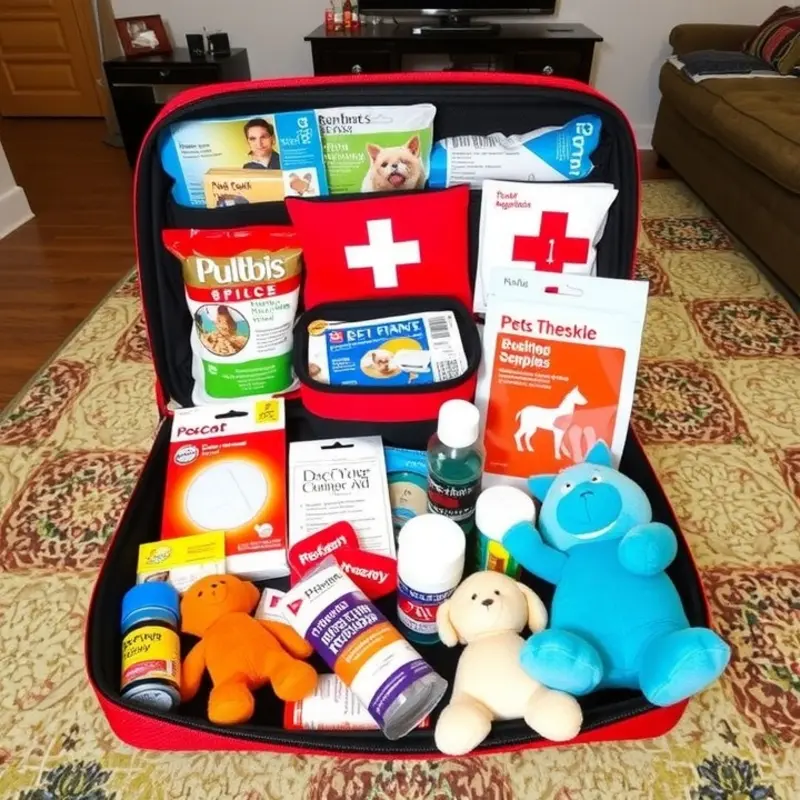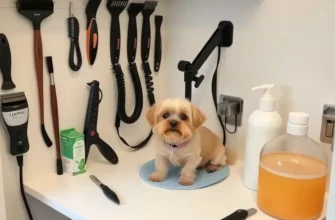Renting an apartment can be a wonderful experience for families, couples, and pet owners alike. However, it comes with its own set of unique challenges, especially when it comes to ensuring the safety and comfort of furry family members during emergencies. Pets, just like children, need careful planning and preparation to navigate sudden situations quickly and efficiently. From unexpected weather events to household emergencies like fires, fire alarms, or sudden illness, having a clear plan in place can make all the difference for your entire family. This supportive guide provides practical steps to create a pet emergency plan tailored for apartment living, offering reassurance that a safe and comfortable home can be achieved for everyone in your household. By following these steps, you can foster an environment where pets and children feel secure and loved, no matter the circumstances.
Creating Your Family Emergency Plan

Developing a family emergency plan is crucial for safety, especially in an apartment setting. The plan should address the unique needs of children and pets, ensuring everyone understands their role. Start by assembling a comprehensive emergency kit that caters to both human and pet needs. For children, include essential items like extra clothing, favorite snacks, and comfort items like a beloved toy or blanket. For pets, pack additional food, water, medications, a leash, and a small familiar blanket.
Identifying escape routes is vital for ensuring a swift exit during an emergency. Within an apartment, it’s crucial to have at least two escape routes. Teach your children these routes and practice using them. Ensure they know not only how to navigate them but also where to meet once outside. Pets can often be confused or scared during emergencies, so practice guiding them to ensure they follow the escape strategy.
Regularly rehearsing your emergency plan makes it second nature. Make these drills fun for kids to encourage their active participation. You can turn it into a game where they ‘race’ against a timer to pack their essentials and exit calmly. Pets can be part of the drill, being led through the escape route using calming commands and treats as positive reinforcement.
The importance of a designated safe meeting spot cannot be overstated. This location should be easily accessible and familiar to every family member, including children. It should be a landmark that is safe and can be easily reached without crossing any roads or potentially hazardous areas. Ensure your children know the meeting spot and understand its importance, practicing the route to this spot as part of your drills.
When solidifying your emergency plan, consider the need for communication. Equip older kids with a contact list of trusted adults they can reach out to if separated. If your child has a cellphone, ensure it is programmed with emergency contacts. Discuss the plan with neighbors; they might become essential allies in an emergency, especially if you need help caring for your pets or children temporarily.
Finally, while focusing on emergency readiness, don’t forget to multiply living space safety through consistent habits. Resources like our guide on apartment balcony safety netting can help ensure your home environment remains secure as part of your overall preparedness.
Through mindful planning and practice, your family will have the confidence and calm needed to navigate any emergency efficiently and safely.
Essential Supplies and Procedures

Equipping your apartment with a well-organized emergency supply kit caters to the unique needs of both pets and children, ensuring their safety during unforeseen circumstances. This requires a thoughtful approach, focusing on inclusivity and accessibility.
Begin with a robust collection of basic necessities, including non-perishable food for all family members. For pets, store enough specialized food and treats to last at least a week. Remember to consider any dietary restrictions while planning. For children, stock up on formula, baby food, or snacks, ensuring a sufficient variety to counter delays during extended emergencies.
Medications play a crucial role in emergency kits. Maintain an up-to-date list of all medications needed for pets and family members. Securely store extra doses in your kit, rotating stock to prevent expiration. This ensures immediate access during a crisis, reducing anxiety for those dependent on regular medications.
Include essential pet supplies, such as leashes, harnesses, and waste disposal bags. These facilitate swift and safe evacuations. Comfort items like blankets or favorite toys can soothe pets and children amidst distressing situations, helping them remain calm and secure.
A comprehensive first aid kit is vital. This should feature gauze, antiseptic wipes, bandages, pet-safe wraps, and other necessary supplies. A well-stocked first aid kit can address minor injuries effectively, buying precious time till professional help is accessible.
Organization is key to the effectiveness of your emergency kit. Consider sectioning items into easy-to-access compartments. Transparent storage containers or labeled bags can assist in fast identification of essentials. Store your kit in a dedicated, accessible area known to all family members to ensure swift retrieval.
Establishing clear emergency procedures enhances your preparedness. Regularly review and rehearse these plans. Designate specific roles for family members to avoid confusion. Decide on roles for managing pets and ensuring children’s safety. Reiterate these roles during drills to embed responsible behavior during real emergencies.
Integrating alert systems helps keep everyone informed. Ensure mobile devices are charged and have access to emergency contact lists, including veterinarians and poison control. Subscribe to local emergency notifications to stay updated on situations impacting your area.
Implement routines to regularly update and assess your kit. Seasons, family needs, and pet conditions may affect kit content. Periodically review what’s inside, noting expiry dates and replenishing items as necessary.
For additional insights on maintaining an organized apartment, check out this guide on apartment organization using baskets. Strong organizational skills enhance accessibility and efficiency during times of crisis.
By incorporating these tips, your family’s safety and well-being are safeguarded, providing peace of mind during emergencies.
Final words
Preparing for emergencies in an apartment setting goes beyond the basics of child and pet care; it involves creating an environment where all family members can feel secure. By implementing a clear emergency plan and maintaining a stock of essential supplies tailored to both children and pets, families can minimize stress and chaos during unexpected situations. Remember, regular practice, communication, and customization of your emergency plan and kit are vital for confidence in times of need. The best time to prepare is now, so you can enjoy the peace of mind knowing that your beloved family members—two-legged and four-legged—are protected.









